Does your dog have a knack for ball herding? Treibball could be the sport for you and your pooch!
Today we’ll be covering the basics of this ball-based canine sport and show you how to get started.
what’s the deal with treibball?
Treibbball (pronounced tribe-all) was originally invented in Germany to entertain herding dogs that don’t have regular access to herding stock like sheep, goats, or ducks.

Treibball hit the competition ring around 2008. It’s now a fun sport that welcomes dogs of all shapes, sizes, breeds, and breed type.
The American Treibball Association even specifically states that mixed breeds and purebred dogs are not to be treated differently, so don’t worry if your four-legger isn’t a natural herder.
how to play treibball
Treibball is a simple sport to understand. The goal is for the dog to nose 8 large balls into a soccer goal without physical assistance from the owner within an allotted time (although signaling or vocal commands are used).
As a dog and handler progress competitively, additional challenges might be added. These challenges include a longer distance to “herd” the balls, a shorter time limit, or rules regarding the order that the dog may herd the balls.
For more information on rules, explore the complete treibball rules according to the American Treibball Association. As with many sports, it’s easy to get the basic grasp of the game, but the details stack up quickly!
Here’s a peek at what Treibball looks like in action!
what happens in treibball
Here’s how a traditional Treibball competition plays out.
- STEP 1. The dog and handler enter the competition area with the dog on leash.
- STEP 2.The handler cues the dog to lie down in the Start Area and then walks to the Handler Area.
- STEP 3.The balls are set up in a triangle, similar to a billiards game. The Handler Area is in front of a soccer goal. The handler is not allowed to leave the Handler Area during competition.
- STEP 4.Time starts when the handler reaches the Handler Area and signals “ready” to the judge or when all four paws of the dog leave the Start Area.
- STEP 5.The handler send the dog to “Go Out,” which means to circle behind the triangle of balls and lie down facing the handler.
- STEP 6.The dog is to follow verbal cues, hand motions, and whistles from the handler with no verbal or physical punishment allowed.
- STEP 7.The dog is to herd the “point” ball into the goal first at all levels. In upper levels, the dog may be expected to herd all of the balls in a specific order.
- STEP 8.The dog can move the ball in any way it likes as long as it does not damage the ball.
- STEP 9.The handler can help the dog “pen” a ball once the ball has entered the Handler Area.
- STEP 10.The handler may reward the dog with treats, toys, or praise during competition, although any time rewarding counts as competition time.
- STEP 11. The round is completed when the balls are in the pen and the dog is lying down or sitting facing the handler inside the Handler Area.
Don’t get overwhelmed with all the rules. Like with any sport, it all will feel easier with a bit of practice.
Just remember that you can try Treibball with any dog as long as you’ve got space for a few large herding balls and a goal!
what you need to start playing treibball
the gear
At its most basic, Treibball requires very little equipment. You can start teaching your dog the fundamentals using any herding dog ball, a large space, and a “goal” area.
Treibball can be played with regular exercise or pilates balls, or you can opt for herding balls specifically designed for dog herding practice.
The ball sizing guidelines for the American Treibball Association say that the ball should roughly stand even to your dog’s shoulders.
That said, to actually practice Treibball with the full 8-ball setup will require some serious storage space. If you really want to compete in Treibball and need to practice in match-like setups, you might want to join a local Treibball club or find a trainer.
teaching your dog to play treibball
Even if you’ve got a border collie who tries to herd children or cars, you’re going to need to work on some training before jumping into the competition ring for Treibball.
With good, patient training any dog should be able to succeed at Treibball (although there’s no doubt that herding breeds have a tremendous advantage).
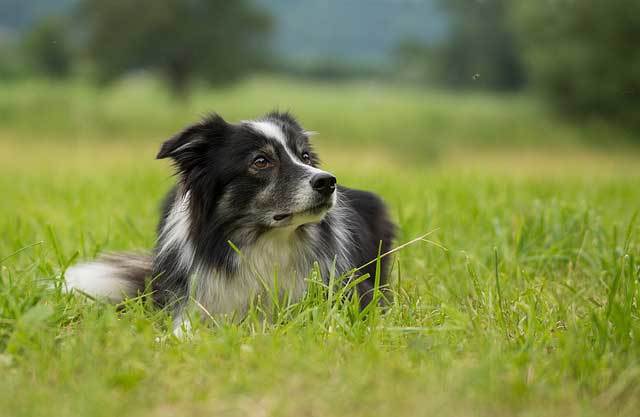
skills you should already have
There are some skills that aren’t specific to Treibball that you and your dog will need to have down pat before starting to play Treibball.
Before starting to train for Treibball, ensure that your dog already can:
1. work off leash in mild-distracting areas
Tip: Practice in increasingly difficult areas. Local parks are a great place to practice with your dog on a long line. Don’t break any local leash laws in the name of training!
2. come when called
This is an integral part to working off-leash. Not to mention really handy for safety in unexpected dog-gone-loose situations.
3. stay put
Your dog needs to be able to stay when you ask him to before starting a game of Treibball.
4. lie down and away from you
Many dogs want to lie at our feet, but Treibball requires your dog to be able to lie down facing you from upwards of ten of fifteen feet away.
Your dog will still be facing you, but she has to lie down where she is, rather than returning to you before complying.
Practice this difficult skill at home first.
Try putting your dog behind a baby gate or tie him to a door. Then do an easy training session working on sit and down while you stand just a few feet away.
Slowly increase distance away from your dog, then start practicing without the physical barriers. This is a really tough thing for many dogs, so be patient!
5. remain calm & friendly in strange environments
Make sure your dog can stay clam and friendly in strange environments – with unknown humans as well as unknown dogs.
If your dog is overly excited to greet people, fearful, or reactive, Treibball might not be the best sport right now.
Work with a professional trainer to help your dog feel calm and confident in new environments before trying to compete in a new sport.
Once your dog has these skills, you’re ready to start prepping with Treibball-specific training.
teaching the “go out” cue
To start training Treibball, you don’t even need a ball. You just need to teach your dog a “go out” cue, which tells your dog to leave you and circle around something (anything, really) in a clockwise direction.
This is an important skill for herding dogs that has transferred over to Treibball.
Here’s how to teach your dog the “go out” cue.
1. get started
Start out using a “target” object, like a handkerchief, hand towel, or sticky note. Pick something you don’t mind cutting up. Cue your dog to lie down on the target.
- After the first few sessions, stop saying “lie down” and instead stay quiet. Reward your dog when he guesses correctly.
- The big goal here is to teach your dog to lie on the target object. Eventually, we’ll use the target object to teach your dog to lie down in specific locations around the Treibball field.
2. get the basics
Keep practicing that until your dog lies down on the target as soon as you present it. This is very similar to mat training, so check that out if you’re getting stuck.
Remember, you’re not saying anything here. You’re just rewarding your dog for getting it right.
3. increase distance
Now present the target further away from you. We want to teach your dog to run to the object and lie down.
It will be easier in the long run if you do two things now:
- Start decreasing the size of the target. You can slowly cut ribbons off the edges of your target to make it smaller and smaller.
- Start only rewarding your dog for clockwise motion towards the object. This is important – a counter-clockwise “go out” costs you points in Treibball.

4. increase complexity
Put a herding ball between you and the target, and send your dog to the target. Reward heavily when she does so.
If this is too hard because of the distraction of the ball, use a cone, tree, or even shoe instead.
5. add the cue
Before releasing your dog to lie down on the target object, say “go out!” This will help your dog learn the verbal cue.
6. specify
Start to only reward your dog when he leaves your side, circles the ball or other object clockwise, and then lies down facing you. This is called shaping.
This is easier if you started only rewarding for clockwise motion in step 3.
7. remove the “lure”
Start fading out the target object. This will be easier if you already have made it really, really small thanks to step 3.
You can’t use the target in a Treibball competition, so getting rid of it is necessary.
8. proof the behavior
Now start practicing the behavior in different locations and with different things.
If you go slowly and gradually increase difficulty, your dog will be circling objects and lying behind them in no time!
Phew, that was a bit tricky. Good Treibball classes will often focus on the “go out” cue for the first several weeks before playing with balls, so don’t rush this.
The “go out” cue is really hard for many dogs and their owners. Don’t be discouraged. Many dogs find the ball-chasing bit of Treibball much more intuitive.
Check out the video below for a great visual demonstration of the steps involved for teaching your pooch Treibball basics. The steps are a bit different, but it’s the same idea!
driving the ball
This is where the fun begins! Now we’re going to teach your dog to “drive” the ball towards you.
1. capture interest
Start with a herding ball just in front of your feet. Click, say “yes,” some other marker word, give a click, or give a thumbs up when your dog looks towards the ball.
- This marker just tells your dog exactly when he does something right. Clicks are extra precise, which is why I almost always use clicker training for dogs.
- The goal here is to teach your dog that showing interest in the ball makes treats appear.

2. shape performance
Once your dog is reliably looking at the ball, you can reward him for positioning himself behind the ball, nosing it, or pawing it towards you.
Your dog will guess what you want next, so just be patient. Keep rewarding him for any interest towards the ball. You’re not using a cue here, just waiting for him to interact with the ball.
- Be sure to always reward for your dog moving the ball towards you, not away from you.
- Don’t move on from this step until your dog is reliably nosing or pawing at the ball in exchange for treats.
- Don’t give in and try to lure, cue, or otherwise show your dog what to do. Just be patient and reward her for showing interest. You’ll get there.
3. increase difficulty
Start placing the ball slightly further away from you and rewarding your dog for controlling it and moving it towards you.
- Especially early on, reward tight and controlled movement from your dog. If he’s too excited to control the ball and is just having fun chasing it, he’ll probably break all sorts of rules in the ring! Start with precision, then build speed.
- You can add cues at this point, such as “bring ‘em on in,” or “bring ‘em up.” These are phrases heard often in herding trials. If you’d rather come up with some other verbal cue, that’s fine too! Creative cues like “accio ball” are sure to earn you smiles.
4. add the finishing cue
When your dog brings you the ball, ask him to lie down near you facing you. Just use your normal “lie down” or “down” command.
This is the “finish” position that lets the judge know you’re done. Keep using this cue every time your dog succeeds and follow it up with a ton of treats or tug-of-war.
- You want your dog to be really excited when you give this cue, not disappointed that the game is over!
5. add balls
Add a second ball to the mix when your dog is reliably bringing you a ball from about 10-15 feet away. Now you’ll place both balls about 5 feet away from you.
Select two balls that differ in size or color. Using your hand, help tell your dog which ball to bring to you first. Always cue him to bring you the closer ball first. Most dogs will catch on to your pointing quickly. Verbal encouragement is great at this phase!
- Be sure your dog can reliably bring you two balls in the correct order from 15-20 feet away before adding in a third ball. The same goes with three before adding a fourth.
- At each new addition of a ball, dramatically decrease the distance required for your dog to “drive” the ball.
When your dog is reliably driving a few balls to you from a 15-20 feet away, start ensuring he’s able to focus in different environments. You might want to try playing in a backyard, front yard, local dog sport rings, or local park. Skip the dog park, since other dogs might break your dog’s focus or steal his ball.

Be sure to keep an eye out for Treibball clubs, matches, or seminars coming your way. This fast-growing sport can be tricky to find in some parts of the country, but you’ll learn far more from an in-person class than you ever can from an article.
Check out Fenzi Dog Sport Academy to see if they’ve got a Treibball class online if you can’t find one near you!
If you’re still feeling a bit overwhelmed, this video from Donna Hill on teaching Treibball basics may also prove helpful. The quality is a bit outdated, but the info is good!
We hope you enjoyed our Treibball 101 post. Do you love Treibball as a way to exercise your dog’s body and mind? We want to hear your Treibball stories!
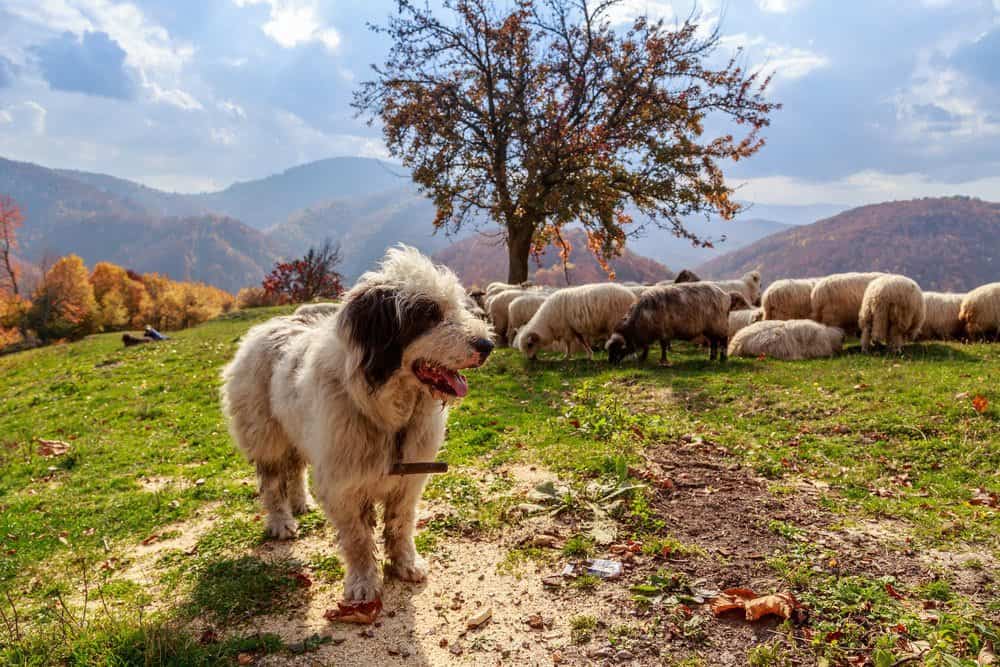

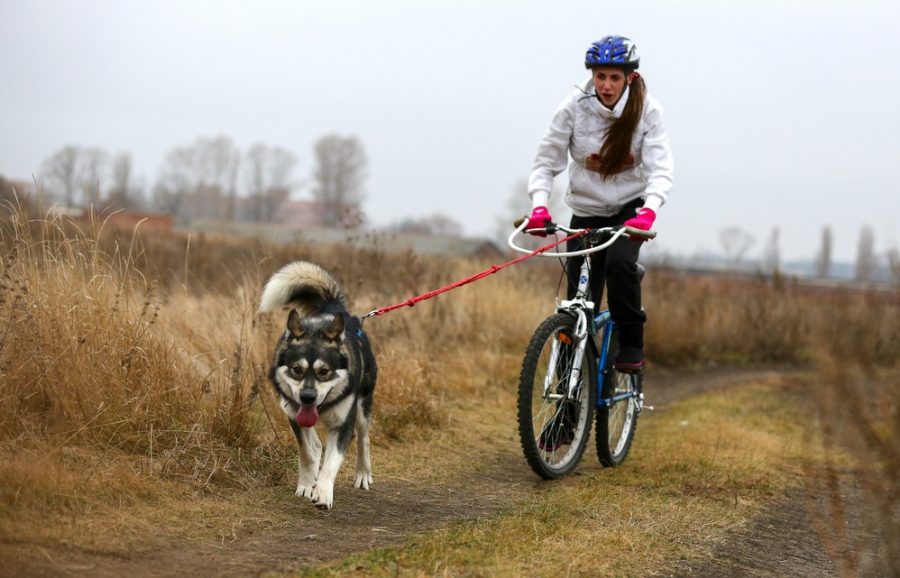


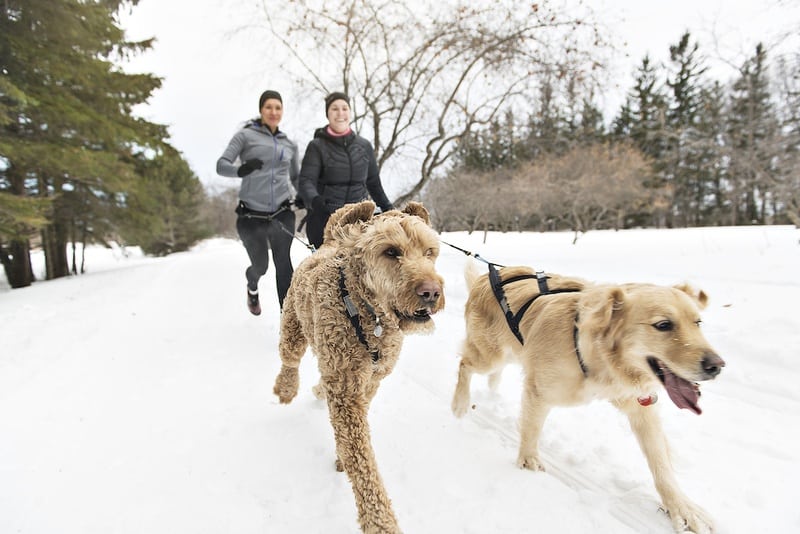
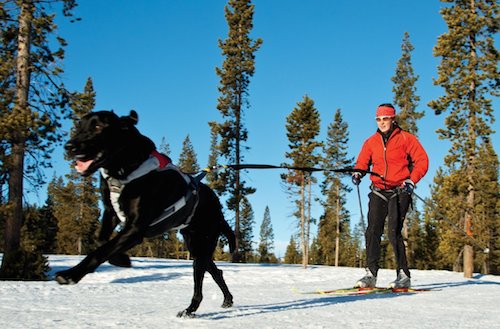
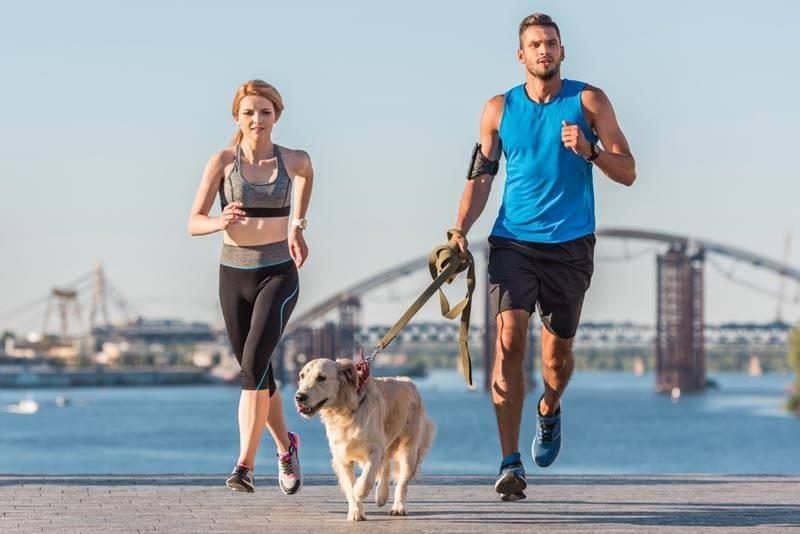
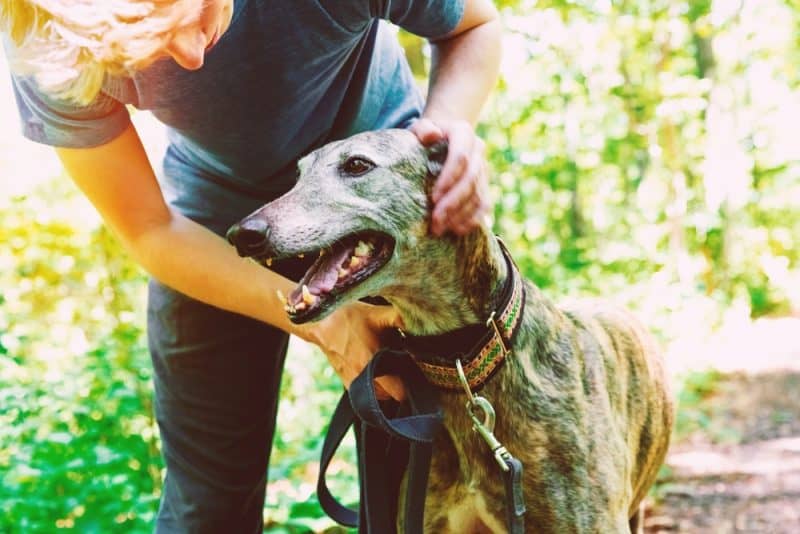
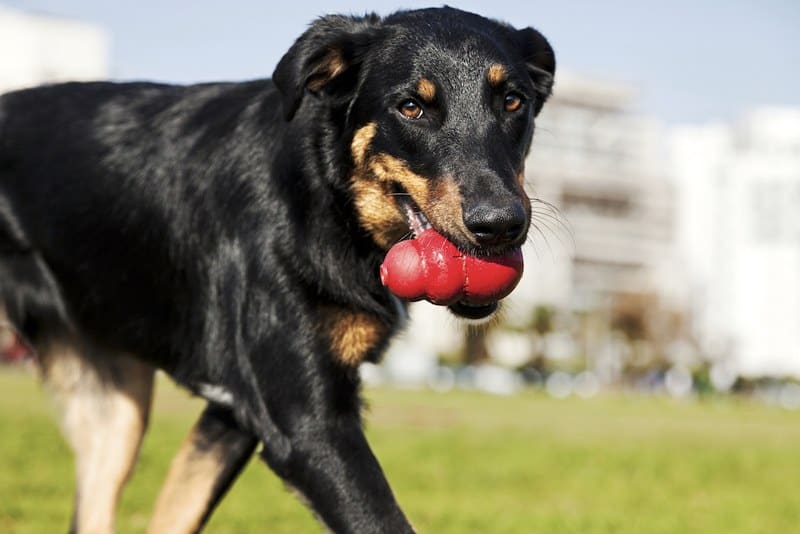
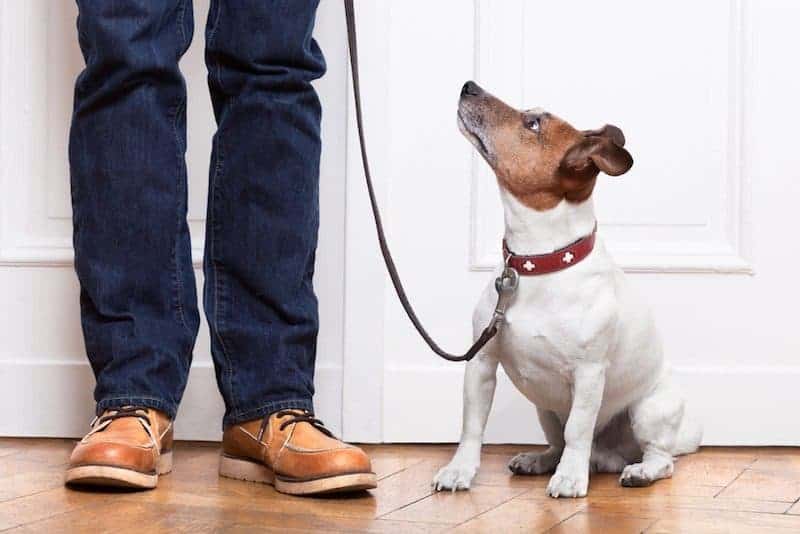
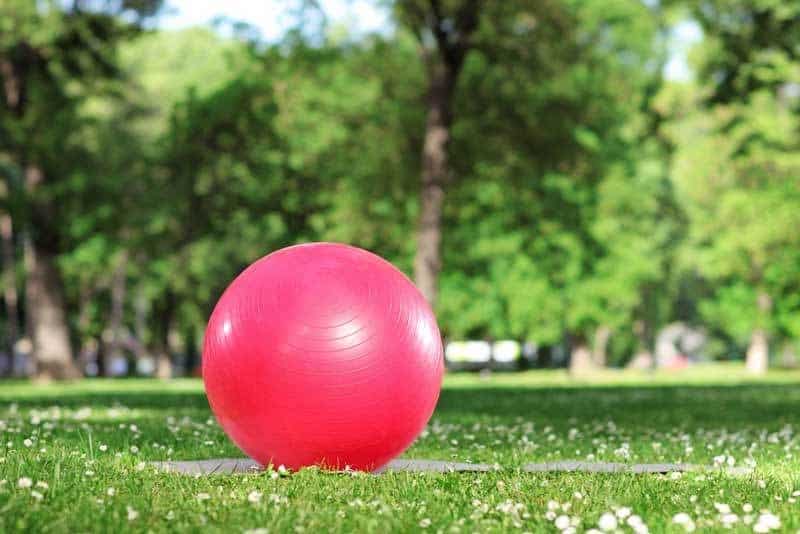

Leave a Comment